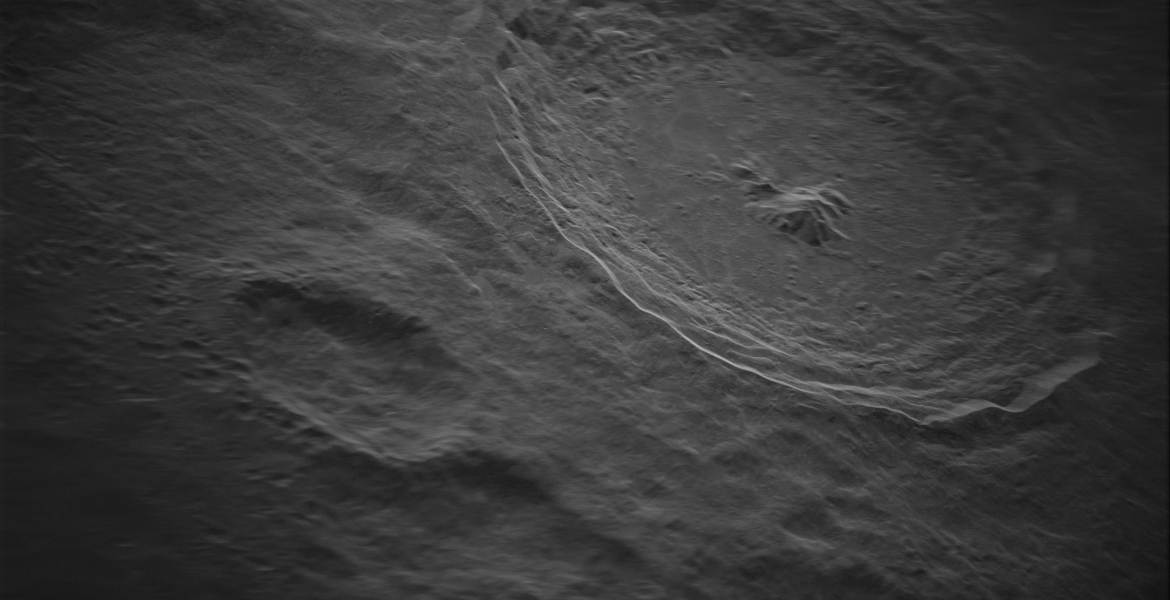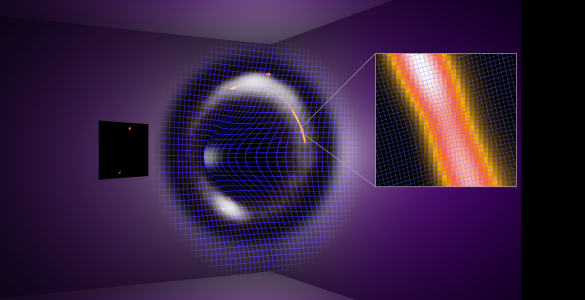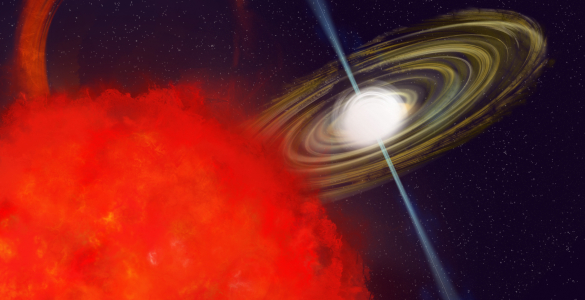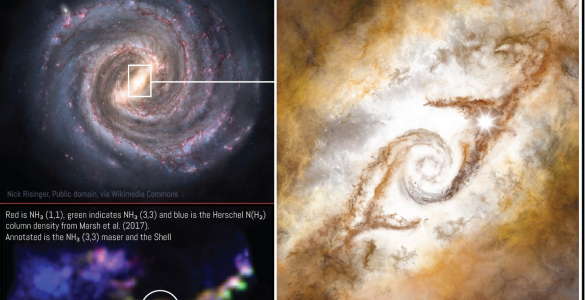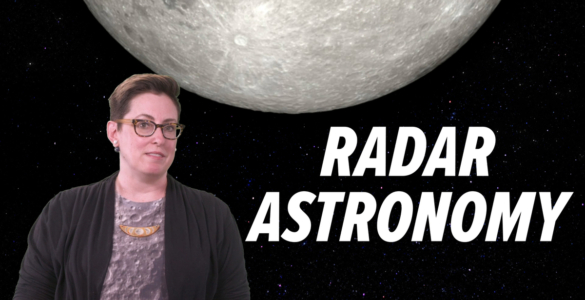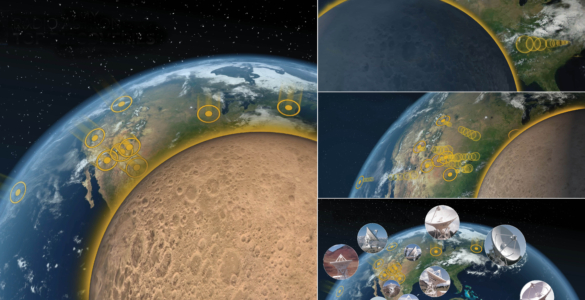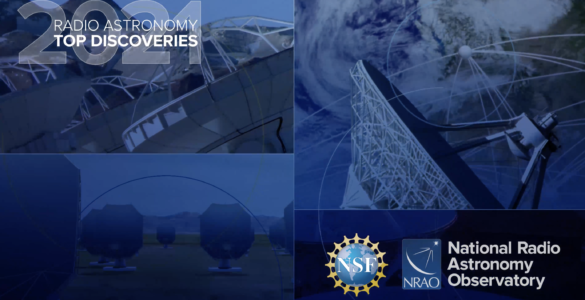Astronomers have developed powerful telescopes to explore the Universe. These observational tools have given us an understanding of the Solar System, and our place in the cosmos. But telescopes have their limitations, and one of these is that they can only observe the light that reaches them. If, for example, an asteroid doesn’t emit much radio light, then a radio telescope can’t observe it. Fortunately, astronomers can sometimes overcome that limitation through a method known as astronomical radar.
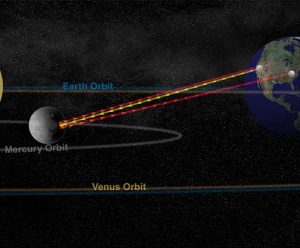
Radar is a wonderful tool here on Earth. It is used by meteorologists to measure the speed of a storm and whether a tornado might be forming. It’s used to measure how fast our favorite baseball pitcher can throw a ball, and can even tell us if we really deserved that speeding ticket we got. These work through what is known as Doppler radar. A beam of radio light is aimed at an object, and some of the light scatters off the object. Since your car or the baseball is moving, the scattered radio light has a slightly different frequency than the original signal. By measuring the shift, you can determine how fast an object is moving and whether it is moving toward you or away from you. Weather radar can also use a different method using the speed of light. Since light takes time to travel, you can send a pulse of radio light toward an object and measure how long the signal takes to return. This tells you how far away an object is.
With astronomical radar, astronomers can do all this and more. But it isn’t easy. Light tends to spread out as it travels, so when you aim a beam of light at an object, only some of the light reaches its target. And when the light scatters off an object’s surface, only some of it scatters back in the direction of Earth. So the radio signal coming back to Earth can be very faint. It takes sensitive radio telescopes to pick up the signal. But the results are amazing.
Because the distance and motion measurements of radar are extremely precise, astronomers can use astronomical radar to obtain the precise orbit of asteroids that pass near Earth. They can even map the surface of the asteroid to get an idea of its size and composition. By scanning a radar signal across an object such as the Moon, astronomers can create a detailed image of its surface. Because some of the radio light travels into the surface before scattering, astronomers can even catch a glimpse of what lies under the surface. This is particularly useful given that some materials such as ice and metals reflect radar more readily. Pockets of ice just under the surface appear brighter than a dry region. It is through this effect that astronomers detected water ice at the polar regions of Mercury.
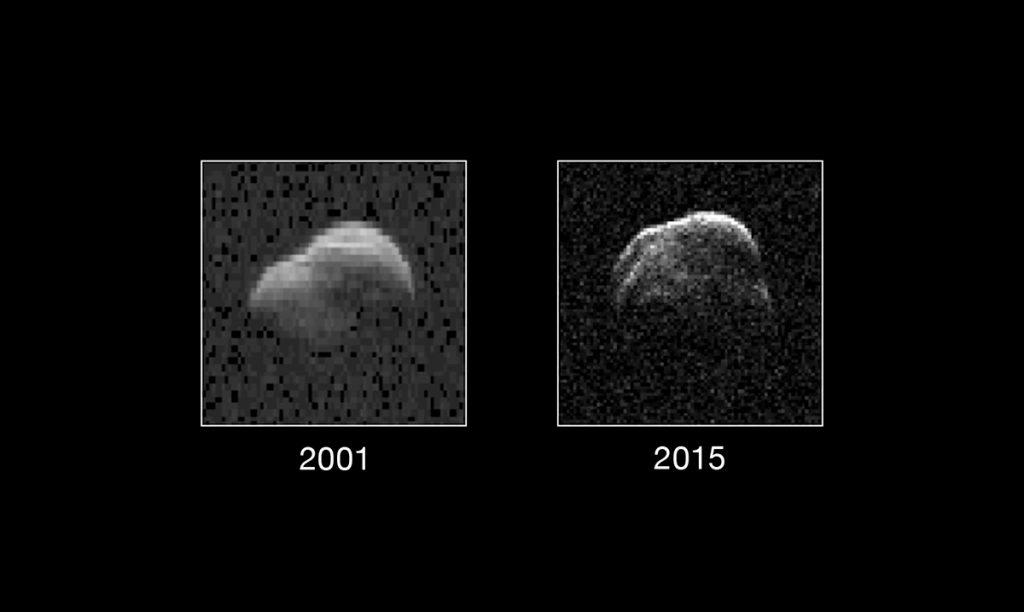
Astronomical radar has been around for decades, but in recent years the method has become much more powerful. New transmitter technology and sensitive radio arrays give astronomers a wealth of data. You can see this, for example, in a collaboration between Green Bank Observatory and the National Radio Astronomy Observatory’s Very Long Baseline Array (VLBA). The project has created high-resolution images of the lunar surface, and that’s just the beginning.






